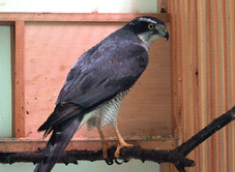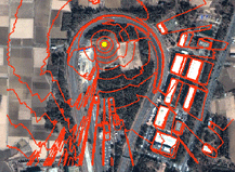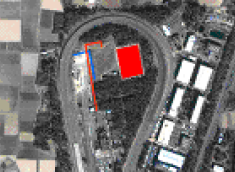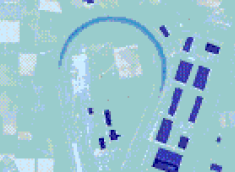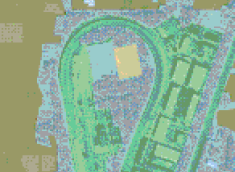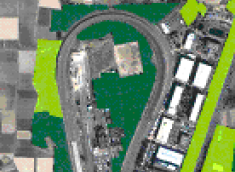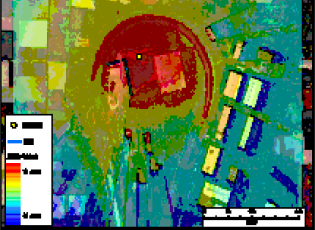Introduction
Noise and vibration generated by various construction projects have become a major environmental problem. In addition to the residents of the surrounding area, recently there has been an increase in the number of cases where adverse effects on the nesting activities of rare raptors such as bear hawks and goshawks have been raised as a problem. In order to address these issues, it is necessary to predict the extent and scale of noise and vibration generated at the site and the degree of impact based on objective evidence and present the results in an easy-to-understand manner during the environmental impact assessment and other processes. This information is expected to make it easier to consider draft project implementation plans, necessary conservation measures, etc.
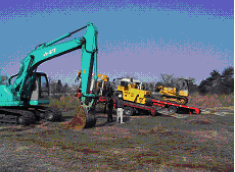
Measurement test of construction machinery, a source of noise and vibration (on the premises of the National Institute of Advanced Industrial Science and Technology)


